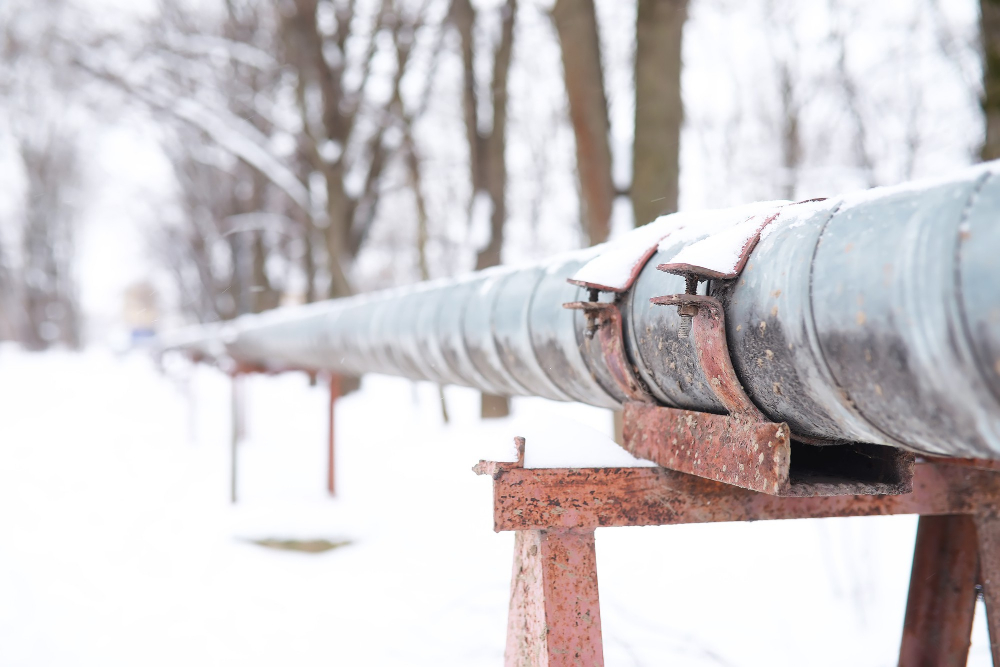
Winter can bring many problems, especially when it comes to plumbing. Frozen pipes are one of the most common issues homeowners face during the winter season. A frozen pipe can not only disrupt your daily routine but also cause significant damage to your plumbing system. Therefore, it’s essential to find and thaw frozen pipes as soon as possible to avoid further complications.
Here are some ways to identify a frozen pipe in your plumbing system.
Low water pressure: If you notice low water pressure, it might be due to a frozen pipe. When the water in the pipe freezes, it expands and puts pressure on the pipe’s walls, which can cause it to crack or burst. As a result, you may experience low water pressure or no water at all.
No water coming from the faucet: If you turn on the faucet, and no water comes out, it may be due to a frozen pipe. In this case, you should immediately turn off the water supply to prevent the pipe from bursting and causing significant damage.
Strange noises coming from the pipes: If you hear strange noises, like banging or clanging, coming from your pipes, it might be due to a frozen pipe. The noises are caused by the water trying to push through the ice blockage in the pipe.
Bulging or visible frost on the pipe: If you see a bulging or visible frost on a pipe, it’s a clear indication of a frozen pipe. In this case, you should try to thaw the pipe as soon as possible to prevent it from bursting.
Unpleasant odors: If there’s an unpleasant smell coming from your drain, it could be due to a frozen pipe. The frozen water can prevent sewage and wastewater from flowing, causing it to back up and produce an unpleasant odor.
Now that you know how to identify a frozen pipe, it’s time to learn how to thaw it.
Turn off the water supply: Before you start thawing the pipe, turn off the water supply to prevent any damage from occurring.
Open the faucet: Open the faucet to allow the water to flow once the pipe is thawed.
Use a heat source: You can use a hairdryer, heat lamp, or space heater to thaw the pipe. However, never use an open flame, propane heater, or any other high-heat source as it can damage the pipes and cause a fire hazard.
Apply heat to the affected area: Apply heat to the area where the pipe is frozen, starting from the faucet and working your way towards the blockage.
Keep applying heat until the water starts flowing: Continue applying heat until the water starts flowing. Once the water is flowing, keep the faucet open for a few minutes to ensure that the pipe is completely thawed.
In conclusion, identifying and thawing a frozen pipe requires patience and caution. If you’re unsure or uncomfortable with the process, it’s best to call a professional plumber to avoid causing more damage to your plumbing system. Remember, prevention is always better than cure, so make sure to take preventative measures to avoid frozen pipes in the first place, such as insulating your pipes and keeping your home warm.
